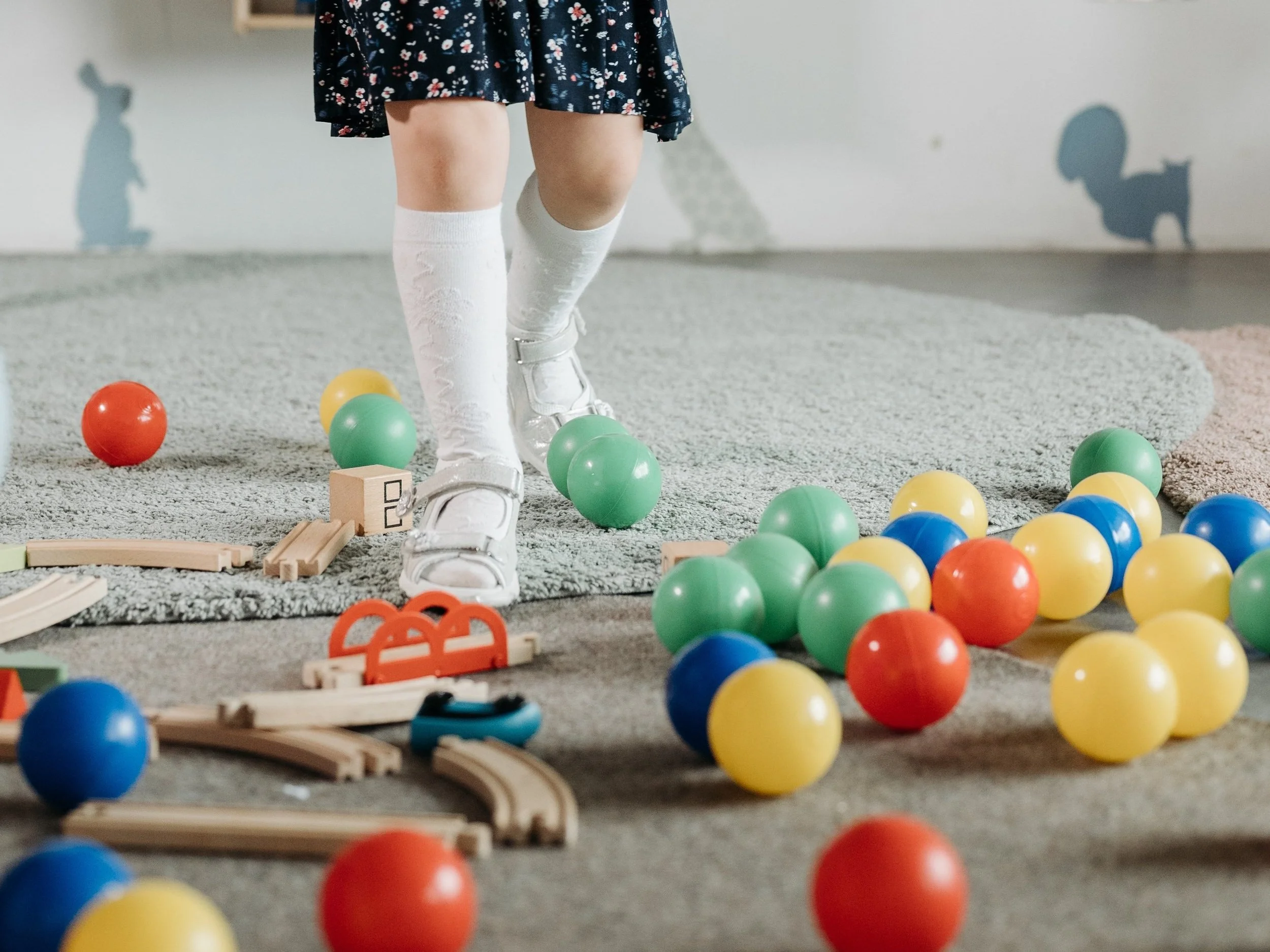Seeing a lot of challenging behavior during your classroom transitions?
Transitions are tough.
Not just for kids but for many of us as adults.
I still remember that when I was a new preschool teacher at the University of Minnesota Child Development Center in the early 1990s our Ed Director, Sherry, did a fabulous workshop on transitions. She pointed out that even for us as adults, transitions can be hard. She referenced packing for a vacation as an exciting yet stressful transition. How many of us get discombobulated or fight with our loved ones during transitions as small as getting out of the house in the morning….or as big as getting ready to move to a new home?
Oh yeah. I’m guilty.
I also learned during Sherry’s workshop that every year she did a solo backcountry canoe trip in the Boundary Waters Canoe Area Wilderness. Woah, Sherry! Really? Solo? In a canoe? How do you steer that thing with just you in there?
Since then I have actually become an avid wilderness camper (49 days till I hit the trail in Sequoia National Park this summer!), I’ve sometimes gone solo, and I’ve done some canoe camping – but I’ve never done the canoe camping by myself! Though I can’t recall her last name, Sherry remains an inspiration to me both when I think of supporting children during transitions as well as when I step outside my comfort zone and try new and scary things.
And, I’ve never forgotten this idea that Sherry offered: we must not underestimate the toll transitions can take on children and how much anxiety they can raise for all of us.
Since then I have learned A LOT of strategies for helping children transition from one activity to another….and I’ve developed my own spin on many of them.
In using all of them I try to reframe the issue of getting kids to “listen” or behave during transitions to how I can help and support the child who exhibits challenging behavior, realizing that they might be feeling anxious or just doesn’t want to do what I’m asking.
Today I offer you one strategy: Individualized Individual Reminders (yes, I just used the word individualized to modify the word individual).
If you have kids who resist coming inside from the playground, who refuse to follow directions, or who slam their bodies into their peers during clean up time, this is for you.
It’s simple and it works.
Let’s take clean up time as an example but you can use this with any transition.
After you tell the whole class, “five more minutes until clean up time” (you’re giving them a five minute warning, right?) give the children who resist the transition an individual reminder so they know that the transition is coming. Then, when the five minutes is up, circle back and again remind the reluctant-transitioners individually that the time has come to transition.
That’s basically it!
Except, if you want real results I’ve got more.
Giving children individual reminders is something straight out of the special education literature. It’s also highly recommended within the research-based Pyramid Model framework, for those of you familiar with that.
What I like to emphasize is individualizing these reminders and making them motivating to the child who exhibits challenging behavior and therefore needs extra support.
Let’s take Xavier. He ignores you when you say it’s clean up time (and eventually he’s yelling and hitting when another child cleans up his toys).
First, you give the whole class a five-minute warning so they know that soon they will need to clean up.
Second, you give Xavier a 1:1 reminder where you repeat that it's five minutes until clean up.
Then, in five minutes when it’s clean up time you announce (or sing) that it's clean up time to the whole class and then you go over to Xavier and tell him (again, individually) that it’s time to clean up.
For some kids this simple strategy of just giving two individual reminders (one five minutes before and one at clean up time) makes all the difference in the world, especially if you do it consistently.
But wait. Maybe for Xavier you think it’s not enough to do the trick. Ok. You’re probably right.
That’s why we need to individualize this in a way that’s motivating to Xavier.
It’s going to be up to you to decide how to craft this strategy to be most effective for the child you have in mind.
If you want a step-by-step process for managing your classroom transitions check out the Transform Your Transitions Online Course so you can stop struggling with challenging behavior during clean up, rest time, and other classroom transitions.


